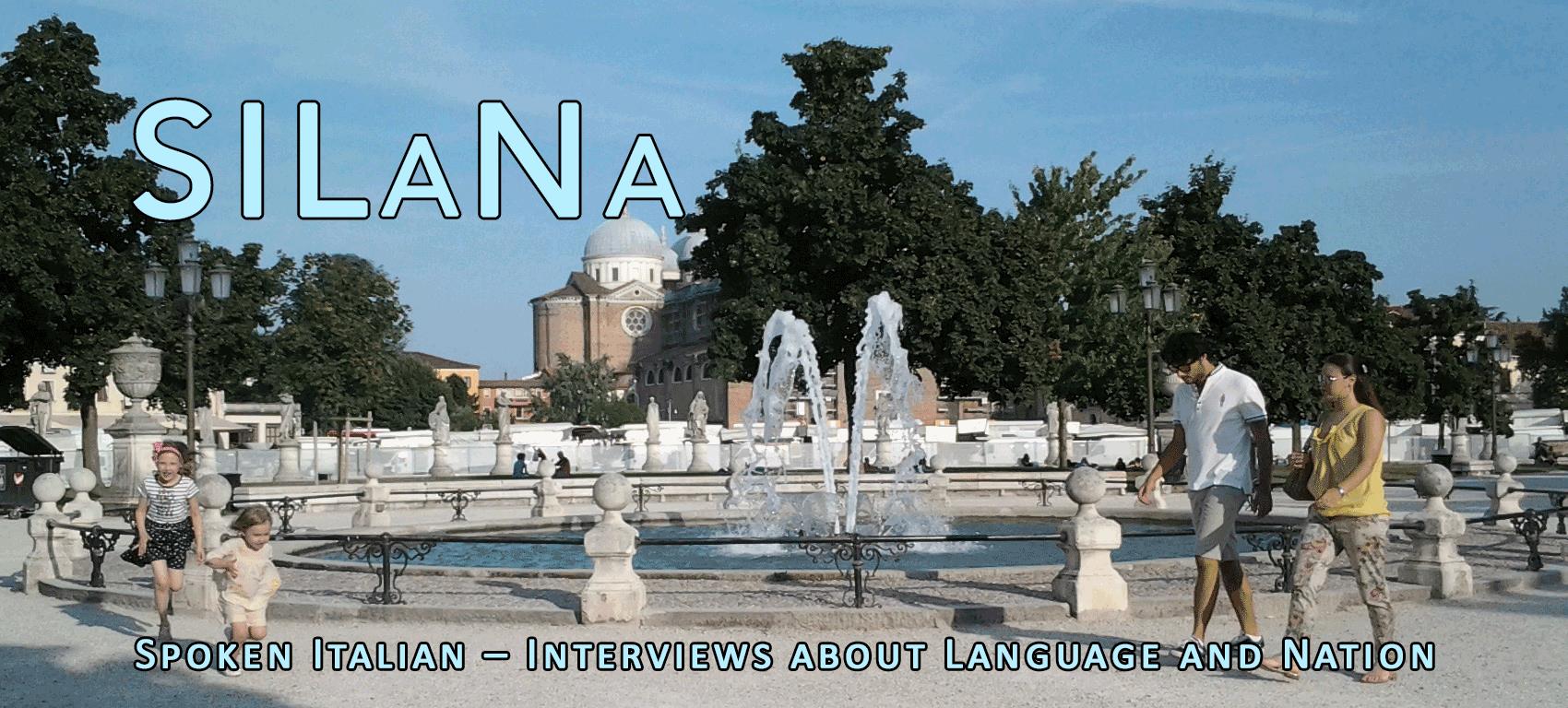
SILaNa
The corpus Spoken Italian – Interviews about Language and Nation (SILaNa) contains almost 240 000 tokens from 32 interviews, twenty-two with Italian native speakers living in Norway and ten interviews with non-native speakers who have been living in Italy for many years. The corpus represents spontaneous discourse that can be used for a sociolinguistic and for a linguistic analysis.
About different groups of informants.
The interviews were taken in the frame of the project “Language and National Identity” that was part of a bigger project “Discourses of the Nation and the National”. The project "Discourses of the Nation..." was focused on a comparative study of various aspects of national identity across various discourses and had financial support from the Department of Literature, Area Studies and European Languages at the University of Oslo. Read more about the project.
The aim of the interviews was twofold. On the one hand, we wanted to investigate the relation between the language and the national identity: the place of the language in shaping national identity, problems of language acquisition in a host country and the role of the language for the integration in a new society. For this purpose we have collected different voices of Italians from different regions of Italy discussing their life in Norway and the place of several languages and cultures in it. We asked the same questions in Italy to people from different countries living for many years in Italy.
On the other hand, we wanted to create a corpus of spoken Italian available for different linguistic studies. The starting point for the construction of the corpus was the idea that, on the one hand, each language gives us different means to speak about the world (as it is shown by various contrastive studies), but on the other hand, there are also individual differences between the native-speakers of the same language. Within the construction of the corpus we tried to take into account both types of differences and for this reason we created a very similar situation of communication for our informants: the corpus contains the same type of communication (semi-structured interviews) and the discussion of the same topic. To make the conditions of the communication even more comparable the interviewer (as far as the role of the interlocutor is important, i.e., Katriel 1985) and the questions asked to the informants were always the same. These common features allow us to compare differences between native and non-native speakers in the way they organize their discourse, as well as individual differences between L1 speakers when talking about the same topic.


